💊 Tolvaptan 30 mg Tablet: A Guide for Safe Use & Monitoring
🔹 What is Tolvaptan 30 mg?
Tolvaptan 30 mg is a vasopressin V2-receptor antagonist used primarily for:
-
Autosomal Dominant Polycystic Kidney Disease (ADPKD): To slow kidney enlargement and preserve function.
-
Hyponatremia (low blood sodium levels), especially in SIADH (Syndrome of Inappropriate Antidiuretic Hormone Secretion).
Tolvaptan works by blocking vasopressin, a hormone that causes water retention, helping the kidneys eliminate water while preserving sodium balance.
🧪 Ingredients
-
Active Ingredient: Tolvaptan 30 mg
-
Inactive Ingredients (may vary by manufacturer):
-
Lactose monohydrate
-
Maize starch
-
Hydroxypropyl cellulose
-
Magnesium stearate
-
Coloring agents and stabilizers
-
Always check the packaging for brand-specific excipients, especially if allergic to dyes or lactose.
💡 How to Use
-
Dosage: Usually prescribed once daily in the morning, with or without food. Dosing may be adjusted by the physician based on response and tolerance.
-
Hydration: Drink adequate water regularly to prevent dehydration caused by increased urine output.
-
Do Not: Crush or chew the tablet. Swallow whole with water.
⚠️ Common Side Effects
-
Excessive thirst
-
Frequent urination (polyuria)
-
Dry mouth
-
Constipation
-
Fatigue or dizziness
These effects are linked to the drug’s water-reducing (aquaretic) action and often improve with continued use.
🚨 Serious Side Effects
Immediate medical attention is required for:
-
Liver injury signs: Yellow skin/eyes, dark urine, abdominal pain, nausea
-
Severe dehydration: Fainting, confusion, low blood pressure
-
Hypernatremia: Restlessness, confusion, muscle twitching, seizures
Liver toxicity is the most serious known risk and can be life-threatening if not monitored.
🩺 Monitoring & Follow-Up
Patients on Tolvaptan require regular medical supervision:
-
Liver Function Tests (LFTs):
-
Baseline test before starting
-
Monthly for first 18 months, then every 3 months
-
-
Electrolyte Panel: Regular sodium and potassium monitoring
-
Kidney Function: Creatinine, GFR, and ultrasound in ADPKD
Any signs of liver dysfunction require immediate discontinuation and re-evaluation.
⚠️ Warnings & Precautions
-
Not for emergency sodium correction (e.g., acute hyponatremia)
-
Avoid in liver disease: Can worsen liver function
-
Pregnancy and Lactation: Not recommended; animal studies show potential risk
-
Avoid grapefruit juice: Can increase Tolvaptan blood levels
-
Monitor fluid intake: Risk of dehydration is significant
Patients must be educated to recognize signs of liver damage and fluid imbalance.
📝 Summary
Tolvaptan 30 mg is a powerful agent for managing ADPKD and chronic hyponatremia. Its mechanism helps eliminate excess water without depleting sodium but comes with the serious risk of liver toxicity, requiring intensive monitoring. It is not for casual or emergency use and must be used under close medical supervision, especially in patients with existing liver or kidney concerns. Adequate hydration and regular lab tests are essential for safety.
Note: This information is intended for educational purposes and should not replace professional medical advice. Always consult a healthcare provider for personalized guidance.

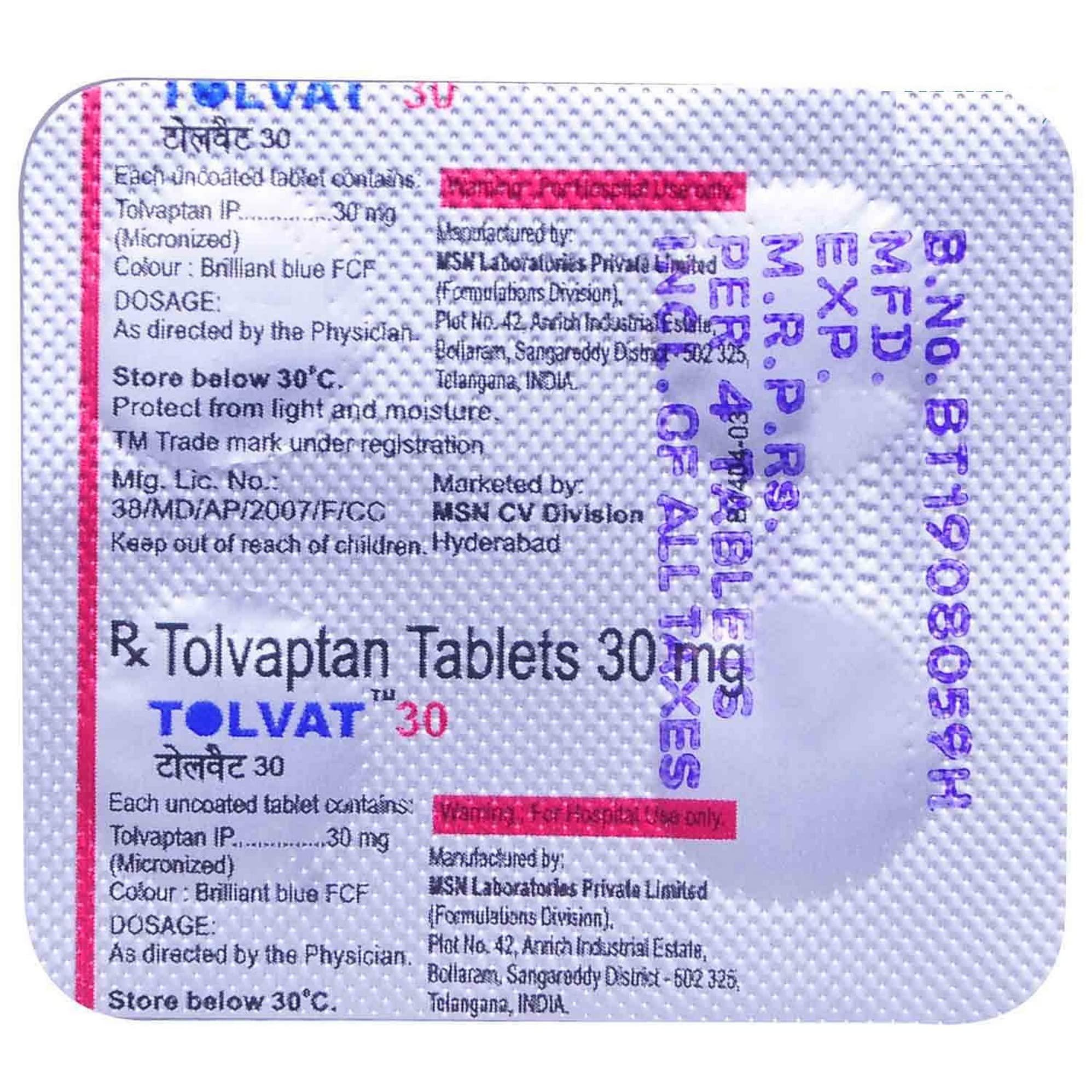
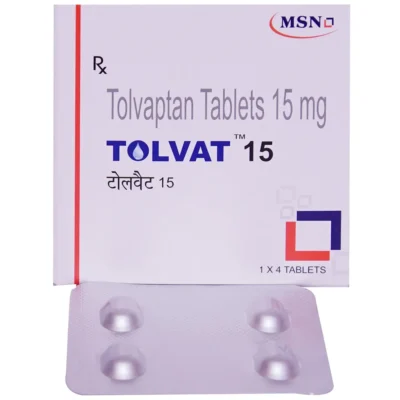
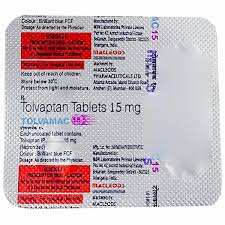
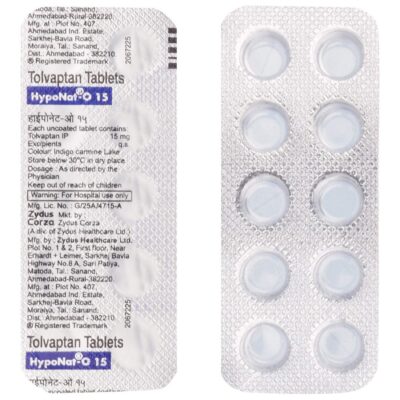
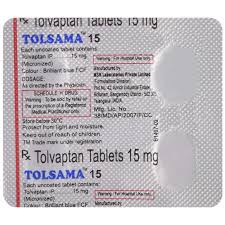
Reviews
There are no reviews yet.